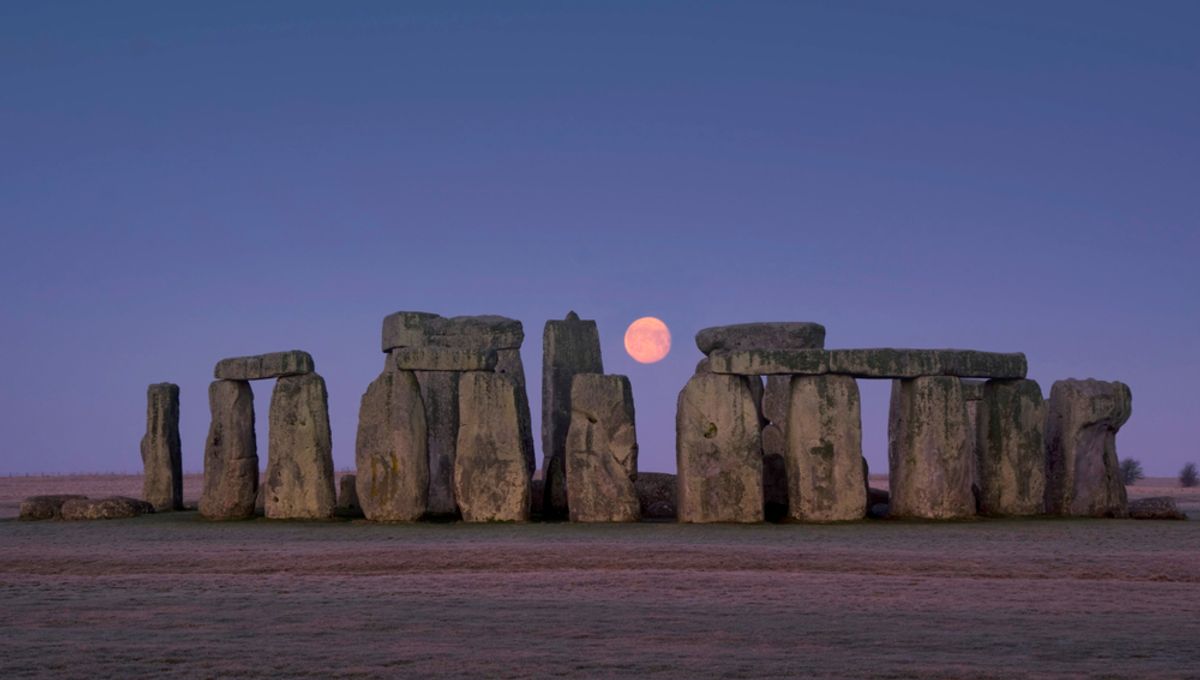
Even today, thousands of years after it was built, hundreds of people gather at Stonehenge to witness it align with the Sun on the solstices. While it’s crystal clear that the prehistoric site was built with astronomical alignment in mind, a new study argues that it isn’t the perfect Stone Age calendar it’s sometimes made out to be.
An argument for the “Stonehenge calendar” theory was published last by Timothy Darvill, an archaeologist at Bournemouth University in the UK. He put forward the view that the numerology of the giant sarsen stones at Stonehenge acts as a perpetual calendar based on a tropical solar year of 365.25 days.
Replying to this bold claim, a duo of archaeologists says this idea is unsubstantiated baloney based on “astronomical error and unsupported analogy.”
They believe that the builders of Stonehenge undoubtedly had a sharp interest in the solar cycle, which was most probably related to the connection between the afterlife and winter solstice in Neolithic cultures. This is evident because the monument neatly aligns with the sun on both the summer solstice sunrise and the winter solstice sunset.
They say, however, we shouldn’t get carried away and believe the monument was used as a giant calendrical device.
The “Stonehenge calendar” rests on the idea that each of the 30 upright sarsen stones, which perhaps formed an outer circle of stones, represent a solar day within a repeating 30-day month. To reach 365, as in the number of days in a year, you times 30 by 12 to reach 360.
The next five days are then represented by the five inner-circle trilithons (made by two upright stones with a third laying on top). Leap years, which occur every four years, are accounted for by the four “station stones” at the site.
If you think this sounds like a bit of a stretch, the new study would agree with you. They note that a “key number” of the alleged calendar, 12, is not recognizable anywhere at the site, leaving a gaping hole in the theory.
Furthermore, most ancient cultures did not use a solar-anchored calendar and instead opted for lunisolar calendars, with the notable exceptions of the ancient Egyptians and the Maya.
“Having more or less precise solar alignments could perhaps be used to anchor lunar New Year’s Eves but would hardly be sufficient to develop an operative solar calendar. For this, before the invention of the telescope, one would have needed devices as precise as the sundial at the Jantar Matar in Jaipur. Stonehenge is, evidently, not such a device,” the study authors conclude.
Archaeoastronomy is constantly striving to understand the relationship between people of the past and the celestial bodies of space. It’s hard to deny it’s a field that’s full of fascinating ideas. However, as this new study contends, we should be very cautious about drawing big conclusions.
The study is published in the journal Antiquity.
Source Link: Was Stonehenge A Giant Calendar? The Truth Is Perhaps More Difficult